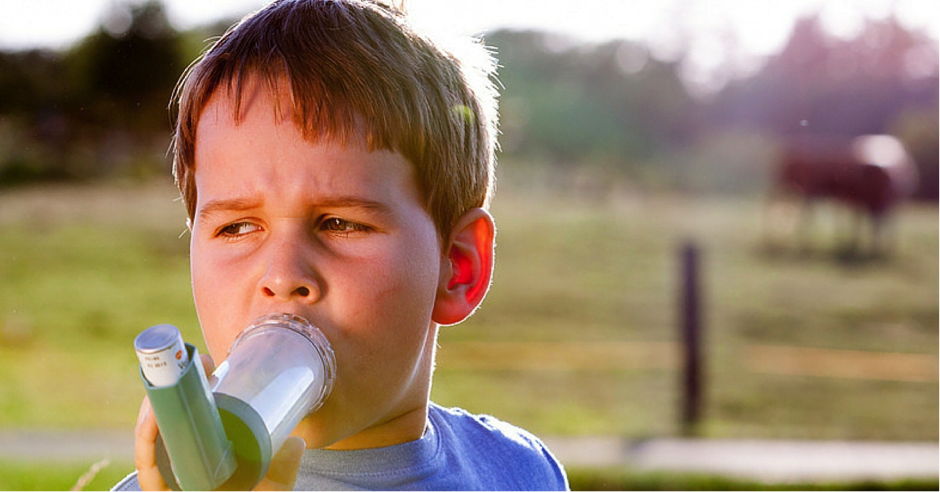We all know that gluten intolerance is feeling sick when you eat wheat products. And when people suspect they have it, they simply give up wheat for a while. The fact is that gluten intolerance is a bit more layered than that. There could very different medical problems playing up and it’s important to know the underlying reason for the symptoms. Let me explain why.
Types of gluten intolerance
Gluten is a protein found mainly in wheat, barley, oats and rye. For those with any type of gluten intolerance, consuming food with one of these ingredients will cause bloating, abdominal pain or diarrhoea. The body can react to gluten due to a few different conditions, the most common of which are:
- Gluten allergy: this is when the immune system reacts to the gluten proteins, perceiving it as an enemy and sending out antibodies to combat it. This reaction results in symptoms which can be life-threatening. Anaphylaxis caused by the gluten protein requires emergency care. The condition, like a lot of other allergies, does not have a cure but can be managed with the right diet. It’s best to create a good response and management plan with your GP and an allergy specialist. Symptoms include:
- Itchy, watery eyes
- Breathing difficulties
- Hives, itchy rash or swelling on the skin
- Headache
- Cramps, nausea, vomiting or diarrhoea
- Coeliac disease: This is a medical condition of the intestines. According to WebMD when someone with coeliac disease consumes gluten, the body overreacts and damages the small finger-like projections along the wall of the intestines called villi.
The villi are what allow us to absorb nutrients from food. The only way to cope with the condition is to have a gluten-free diet. The problem is that a gluten-free diet can also be nutritionally deficient. Those who think they have coeliac disease should see their GP, who may recommend a blood test, an endoscopy and genetic testing. If diagnosed positively you may have to be on a nutritionist recommended diet. Symptoms include:
- Abdominal pain, nausea
- Dermatitis – itchy, blistery rash
- Loss of bone density, joint pain
- Fatigue and weight loss
Coeliac disease can be particularly difficult to manage in children as poor nutrition can potentially impact their development. It is very important to have such children on a very closely monitored plan with a specialist nutritionist.
- Non-coeliac gluten sensitivity: This is usually less threatening and serious than a gluten allergy or coeliac disease. The immune system is not believed to be a player in this condition and the symptoms, while unpleasant, do less damage. The dietary restrictions could cause deficiencies which can usually be addressed with supplements. The symptoms are like those of coeliac disease.
In Australia, statistics understate the prevalence of the condition. According to Coeliac Australia, 1 in 70 Australians are affected, but 4 out of 5 affected are not diagnosed. Symptoms are either undetected, misdiagnosed or self-treated, causing more harm in later years.
Testing for gluten intolerance
Because the symptoms are so similar and the medical conditions are so different, it is important to have a definitive diagnosis. Also, a gluten-free diet is not without its repercussions, which is another reason to undergo testing. The most common testing procedures are:
- Blood test: This determines the level of antibodies in the blood in response to a diet that contains gluten. The person is required to consume gluten for six weeks prior to the test.
- Biopsy: A positive blood test is followed by a biopsy of the small intestines for confirmation. Any damage to the villi will show up in this test.
- Gene testing: If both the above tests are inconclusive, then gene testing is useful as it detects the most common genes present in those with coeliac disease. A negative test rules out the condition but a positive test does not establish it. If positive, it needs to be followed by a gluten challenge and a biopsy.
Living gluten free
If diagnosed either with a gluten allergy or coeliac disease, the GP may ask you to be on a gluten-free diet. According to Coeliac Australia, the following are the recommended food groups:
- The foods that naturally contain no gluten: Fresh fruit and vegetables, fresh meat, eggs, nuts and legumes, dairy, fats, oil and grains like rice and corn.
- Processed food labelled as gluten free. Beware of products that say ‘may contain gluten’. Food companies often add that disclaimer due to the possibility of cross contamination with food containing gluten.
- Coeliac Australia provides a testing and certification service for processed food. The packaging contains the endorsement logo for tested products. All products containing gluten are required to mention the ingredients by law.
- One way to manage coeliac conditions is by reading labels. Ingredients and their substitutes change constantly, so it’s a good idea to take your time when grocery shopping and reading the labels for signs of the offending ingredient.
Gluten intolerance is very common and the incidence is rising. With the right testing, diet and a management plan, it is possible to lead a normal, healthy life. If you suspect you are affected, see your GP who can put you on the right treatment pathway.





